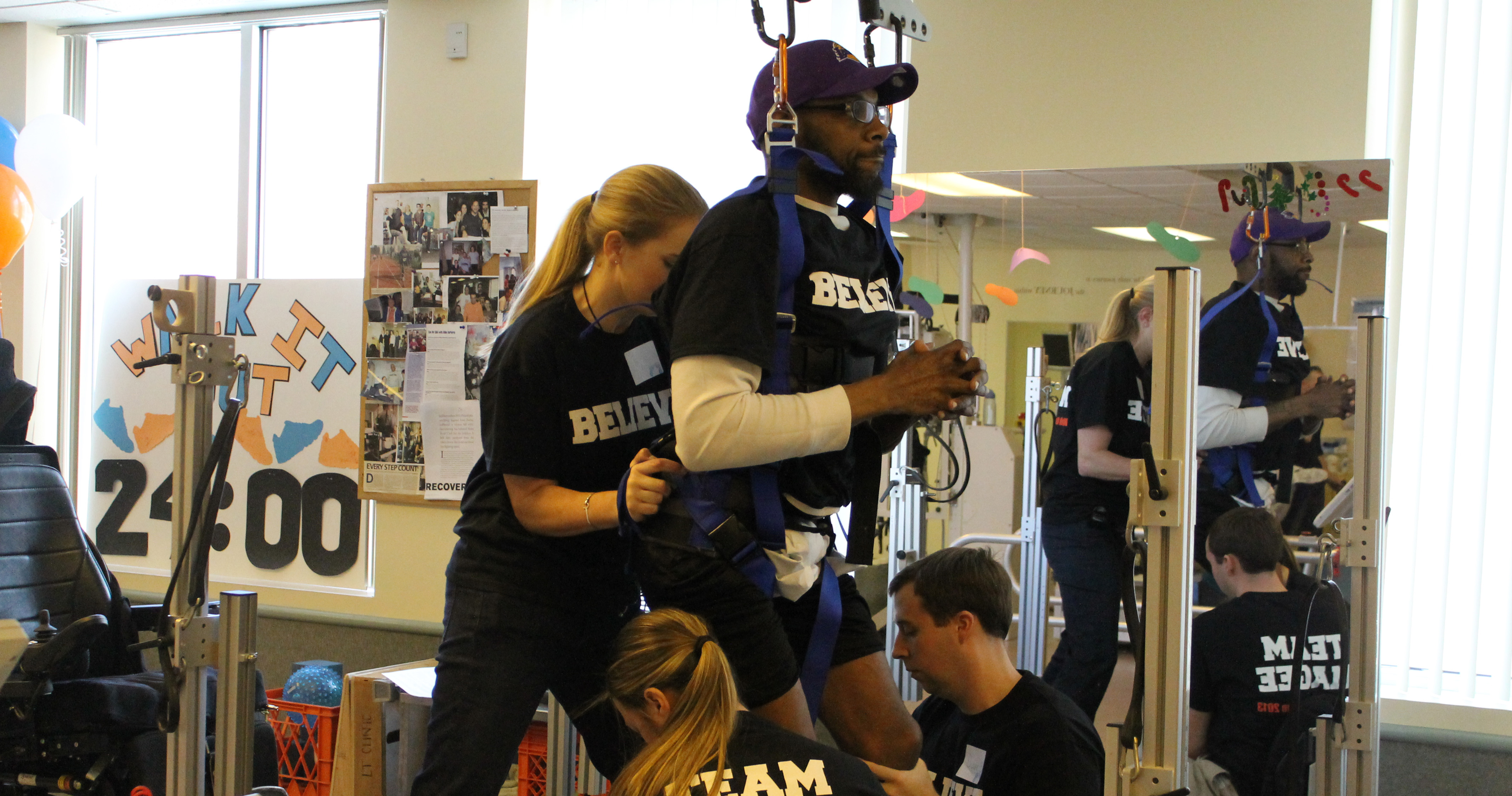Stop me if this has ever happened to you. You need to schedule an appointment with your doctor or therapist quickly – but you can’t be seen for weeks. Or worse yet, even when you do get the appointment, you have to travel 15+ miles to see your healthcare provider. Sound familiar? It’s frustrating – for you and for us, as well. So why does it happen? In both urban and rural areas, the demand for healthcare is high, while the number of practitioners is low. But there’s something you can do about it.
There is currently a federal program called the National Health Service Corps that encourages new graduates from health professional schools to work in under-served urban and rural areas (including Philadelphia) by offering loan repayment incentives. But the program does not include physical and occupational therapists. Without that incentive, therapists are less likely to choose employment in under-served areas and opt instead for positions that can help them pay off their student debt (the average PT student graduates with more than $80k in student loans).
So what does that mean for you? As the shortage of PTs and OTs in under-served areas such as Philly grows, here’s what you can expect.
Longer wait times. Without an adequate number of therapists, your wait time to get an appointment could stretch into several weeks. The demand on our time is incredible, and without enough therapists, it can be impossible to see everyone at the time and date they want.
Further travel distance. If you live in a rural area, chances are your healthcare options are limited. Without enough physical and occupational therapists working in your area, you might be forced to travel a significant distance to receive the care you need.
More appointments. Physical therapists now have an advanced education, which allows them to screen for medical red flags, including signs and symptoms of poor skin health, diabetic complications, possible fractures, poor heart health and risk factors for a stroke, to name a few. By being able to screen for many signs of medical complications, physical therapists can refer you to the right provider at the right time. But without working with someone with this advanced education, you could be looking at multiple appointments with many different healthcare providers.
So how can you help ensure people in under-served communities have access to the care you need? All you need to do is make a call. The Physical Therapist Workforce and Patient Access Act of 2013, which would authorize PTs to be included in this loan repayment program, was introduced to Congress, and recently passed on to committee. Visit the APTA Advocacy Center to locate your legislator to voice your support for this bill. You can also visit the AOTA Legislative Action Center to find your legislators and send them an email to ask that OTs be included in this program as well.
Your phone calls and emails matter: legislators tally the number of times their constituents contact them regarding any issue, and that is how they judge whether to vote in favor of the bill or not. So help promote access to care in your community. Make a call today!







